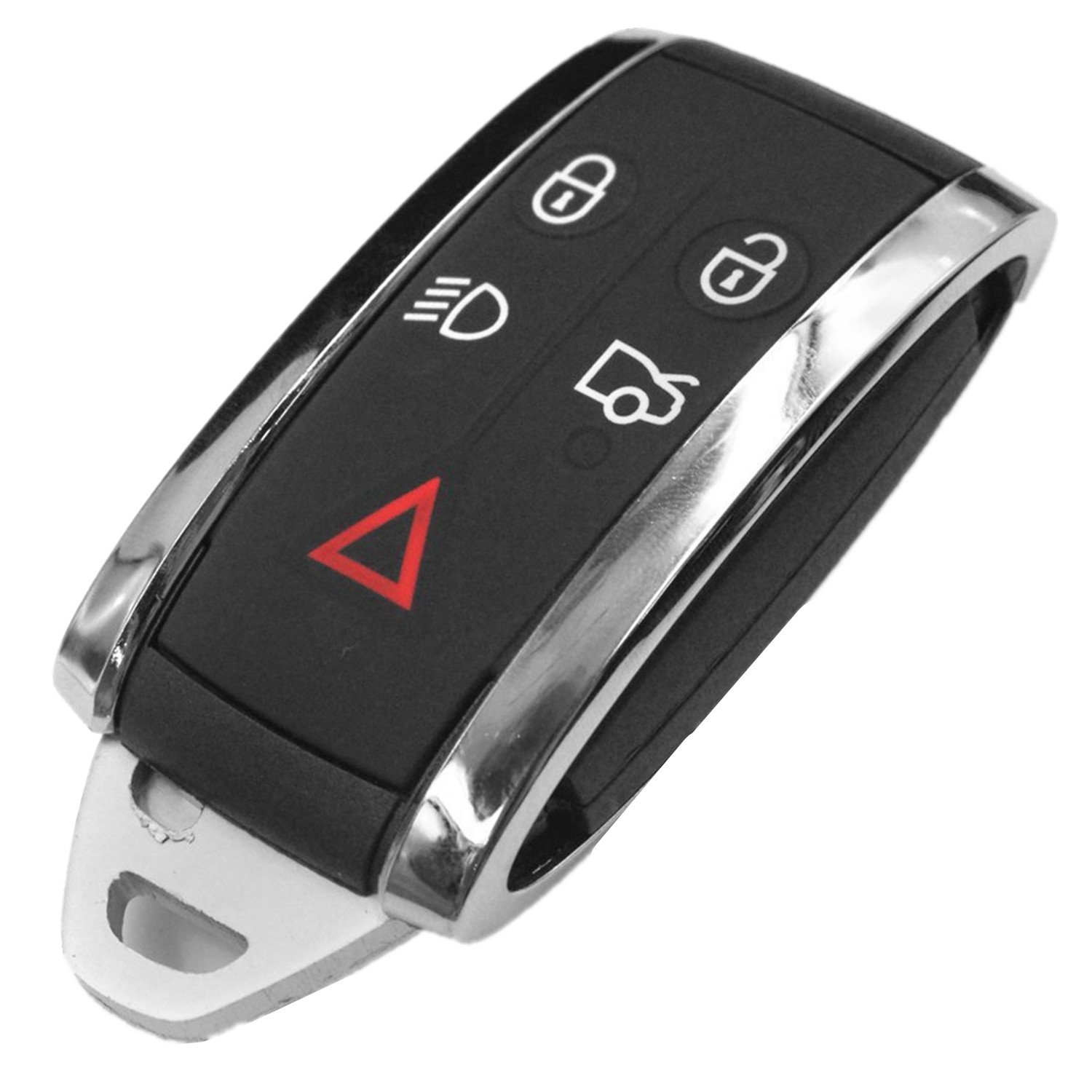Fob keys, also known as key fobs or keyless entry remotes, have become integral components of modern access control systems. These compact devices offer convenience and security, thanks to the incorporation of advanced technologies. This article delves into the common technologies used in fob keys and how they contribute to the overall effectiveness of these access control devices.

1. Radio Frequency Identification (RFID):
RFID technology is a cornerstone of fob keys. It enables communication between the fob and the corresponding receiver in the access control system. RFID ensures secure and reliable wireless data transfer, allowing for quick and efficient access.
2. Near-Field Communication (NFC):
NFC is a close-range communication technology that facilitates data exchange between devices. Fob keys often leverage NFC for proximity-based access, requiring users to bring the fob close to the reader for authentication.
3. Bluetooth Technology:
Many modern fob keys integrate Bluetooth technology, enabling wireless connectivity with compatible devices. Bluetooth-enabled fobs offer extended ranges for access control and can be linked to smartphones for enhanced functionality.
4. Biometric Authentication:
Biometric authentication, such as fingerprint recognition, is increasingly being integrated into fob keys. This adds an extra layer of security by ensuring that only authorized individuals with the correct biometric data can use the fob.
5. Encrypted Communication:
Fob keys use encrypted communication protocols to protect data during transmission. Encryption prevents unauthorized interception and ensures that the access control system only recognizes valid fob signals, enhancing overall security.
6. Code Rolling Technology:
Code rolling, or rolling code technology, is employed to generate a new access code with each use of the fob. This dynamic code system prevents unauthorized individuals from capturing and replicating the code, significantly reducing the risk of unauthorized access.
7. Mobile App Integration:
Some fob keys are designed to work in tandem with mobile apps, allowing users to manage access and monitor their security systems remotely. Integration with mobile apps enhances user control and provides real-time updates on access events.
8. Battery-Powered Operation:
Fob keys typically operate on battery power. The use of energy-efficient batteries ensures long-lasting functionality, and low-battery indicators prompt users to replace batteries before they are depleted, preventing access issues.
9. Tamper Resistance:
Fob keys are often designed with tamper-resistant features to prevent unauthorized physical access or tampering. Enclosures and internal components are constructed to withstand attempts to open or manipulate the fob.
10. Customization and Programmability:
Advanced fob keys allow for customization and programmability. Users can configure access parameters, set time-based restrictions, and define specific access levels, providing flexibility and adaptability to different security requirements.
Conclusion:
Fob keys owe their effectiveness to a combination of cutting-edge technologies. RFID, NFC, Bluetooth, biometric authentication, encrypted communication, code rolling, mobile app integration, battery-powered operation, tamper resistance, and programmability collectively contribute to the reliability, security, and convenience of fob keys in access control systems. As technology continues to evolve, fob keys are likely to see further enhancements, making them even more integral to modern security practices.

 Englishen
Englishen











 No.991 Xingxiu Road,Taiwanese Investment Zone, Quanzhou, Fujian Province,P.R.China
No.991 Xingxiu Road,Taiwanese Investment Zone, Quanzhou, Fujian Province,P.R.China +86 13960286508
+86 13960286508
 3D Reality Showroom
3D Reality Showroom
